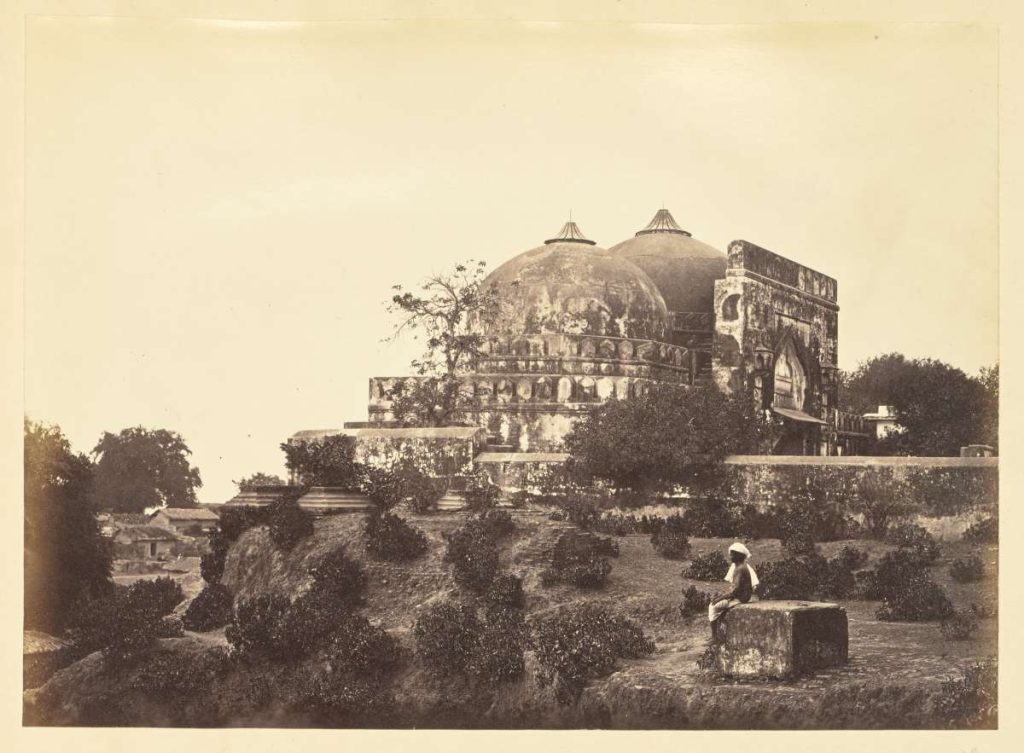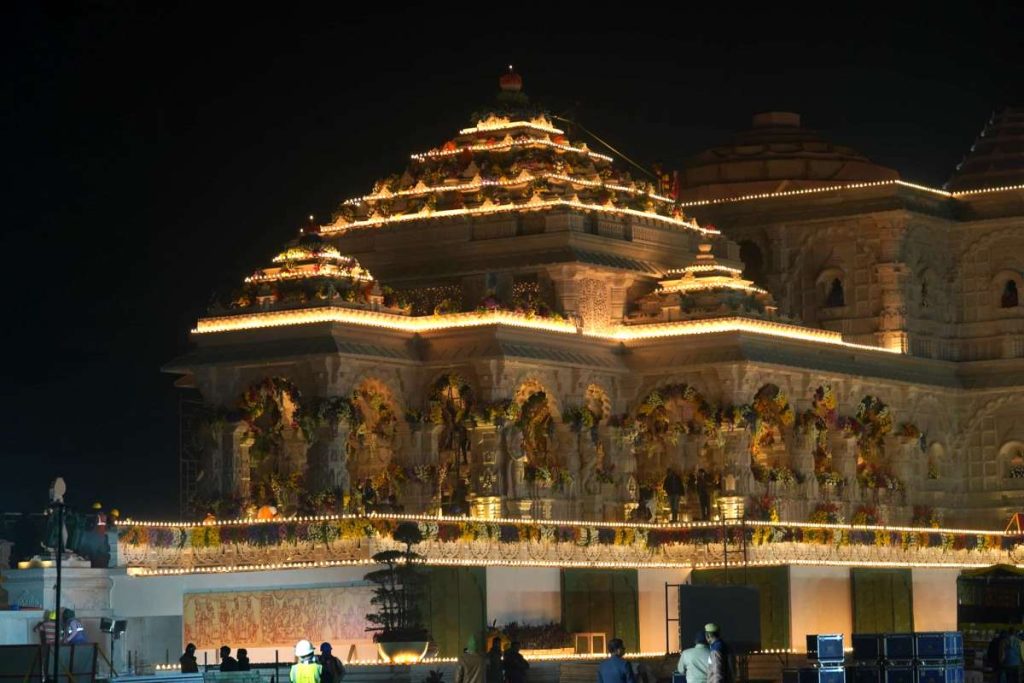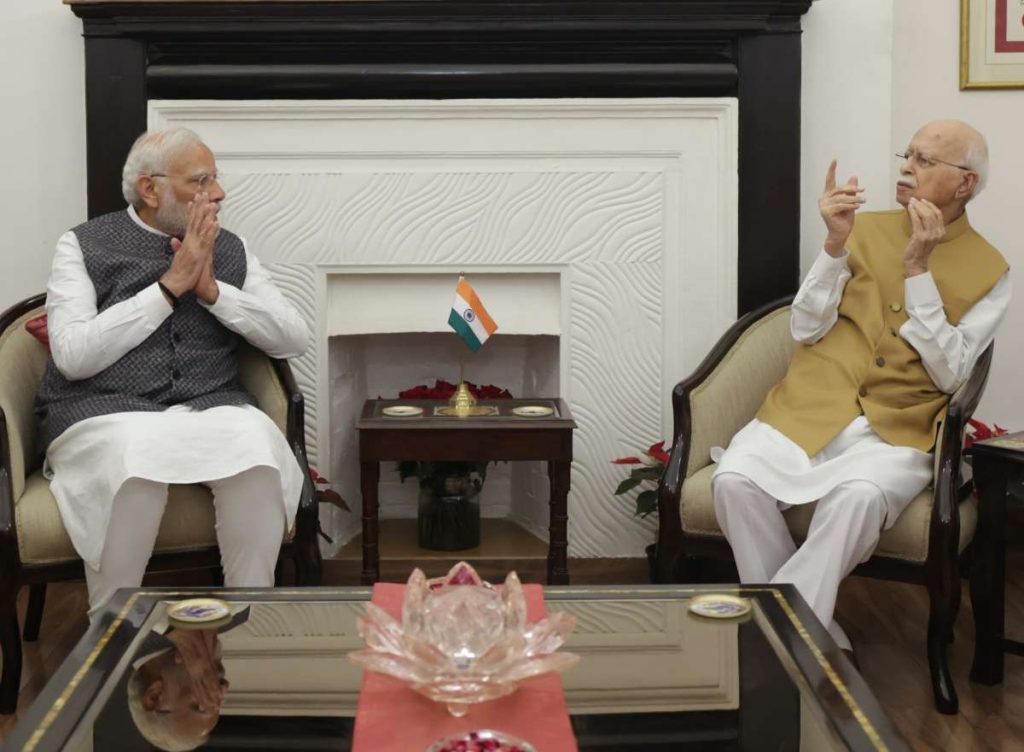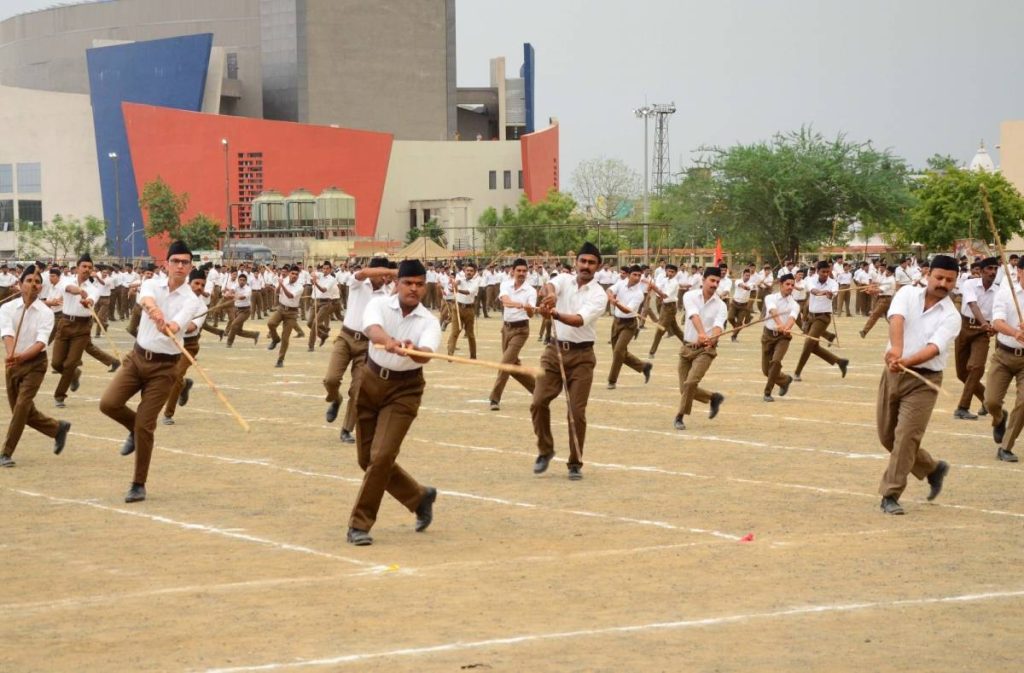
Arvind Rajagopal is Professor of Media Studies at New York University (NYU) and is an affiliated faculty in the Department of Sociology and Social and Cultural Analysis, NYU. In 2010-11, he was a Fellow at the Center for Advanced Study in the Behavioral Sciences at Stanford University. His books include Politics After Television: Hindu Nationalism and the Reshaping of the Public in India (Cambridge, 2001), which won the Ananda Kentish Coomaraswamy Prize from the Association of Asian Studies and the Daniel Griffiths Prize at NYU, both in 2003, and The Indian Public Sphere: Structure and Transformation (Oxford, 2009). He has won awards from the MacArthur and Rockefeller Foundations and has been a Member in the School of Social Sciences at the Institute for Advanced Study in Princeton, New Jersey, and at the Woodrow Wilson International Center for Scholars in Washington DC. In addition to his scholarly writing, he has also published in forums such the SSRC’s Immanent Frame and opendemocracy.net, and in newspapers and periodicals.
In an interview with Abhish K. Bose he discusses the Ramjanmabhoomi movement in which the entire accused in the the Babri Masjid demolition case were absolved of the charges. The interview is with particular reference to his study of the serialization of Ramayana in Television.

Excerpts from the interview
None of the accused in the Ayodhya temple demolition got convicted in the case despite documentary evidences to prove their presence in the scene of crime. Why did the Indian judicial system failed to punish those culpable for the demolition of the Babri Masjid? Could you explain the process through which the evidences of the presence of the leaders of BJP and other affiliate organisations were obliterated thereby sabotaging the Indian judiciary’s commitment to justice?
It is often said that the bigger the crime, the more likely that its perpetrator becomes a hero and not a villain. As Indians celebrate the inauguration of a grand temple to Lord Ram in Ayodhya, we are at a moment when our major national monuments are no longer dams and power plants, but temples and statues. We need the sense of psychological empowerment that we earlier lacked, because our core Hindu identity was not acknowledged, we are told. But proud Hindus should not shirk from the facts. And the facts are that the legal right to the 400-year-old Babri Masjid was with the Sunni Waqf Board. The Hindu claim was faith-based, and essentially, inadmissible on the terms of constitutional law. But the courts bowed to the fact that the ruling party is the BJP, which came to power promising the Ram temple. Popular justice has triumphed over the letter of the law, and the courts have been wise enough to accommodate that – it could be said. But the court is abrogating fundamental rights on a partisan basis.
The report of the 17-year-longLiberhan Inquiry Commission clearly identified the RSS as having planned the demolition. But the Supreme Court and the CBI Special Court chose to disregard crucial evidence, and in the end found insufficient evidence of a pre-planned demolition. This is when the BJP’s political ticket to power was the demolition itself. It was simply inadmissible to apply the law because it would destabilize the new political regime.
Who was the master brain behind the Ram Janmabhoomi movement ? Is there any precedent in history which the progenitors of the movement depended for deriving inspiration so as to orchestrate the movement, which traversed the length and breadth of the country paving the seeds of hindutva mass mobilisation and the subsequent electoral victory of the BJP till 2019?
“I gave them the national angle,” former BJP Gen Secy Govindacharya once told me. They (the rest of the BJP) were simply anti-Muslim, he said. As for drawing inspiration, Ramanand Sagar’s Ramayan seems to have been important. At a BJP National Conclave in Ahmedabad in 1987, BJP leader Jay Dubashi, who was a columnist for the financial press, noticed that no one showed up – because, they later learned, that the Ramayan telecast was at the same time. When I asked him about it, Dubashi said, “We thought there was something there.” The VHP began to draw on the imagery of the TV serial in its propaganda. There are also clear signals of VHP propaganda in the Ramayan serial itself, as I have shown in my book, including text lifted verbatim from RSS leader Sudarshan.

At one level the victory of an overtly Hindu party in a Hindu majority society is not surprising; that is only a difference of degree between the Congress and the BJP, which are historically parties dominated by upper-castes. The political difference is actually about methods – how to be Hindu, and how to practice Hindu politics, while making violence more visible alongside, which may also be a methodological preference.
You may be right that there is no precedent in a large electoral democracy such as India’s, for a minority party to have propelled itself to such a powerful status.A small spark that accidentally became an all-consuming conflagration. As late as 1984, the BJP election manifesto clearly positioned itself as a minority party to the Congress. They did not envision becoming a ruling party until the rath yatra, whose ground effect was actually limited. It was in the Hindi news media that the story caught fire, for example. The power of a political identity based on majority religious identity is that it is unopposed. There should be numerous parties reflecting Hindu diversity – instead we are told there can only be one.
Why was LK Advani, the leader and architect of the Ram Jannabhoomi movement relegated to second position in the BJP leadership, though he played a pivotal role in cementing the base for hindutva in Indian politics? What was the role of RSS in that decision?
It is ironic that the man who became the face of assertive Hindutva, LK Advani, was overtaken by the next generation. Maybe it is the dramaturgy of party politics at work here. Modi would like to claim that he has no predecessors; he does not want to recognize Advani. We should not forget a crucial mediator, namely the late Arun Jaitley, who advised Modi and helped broker his relationship with the national media.
Is Gujarat riots a sequel to the Ram Janmabhoomi movement as designed by the Sangh Parivar to saffronize India ? Both in the range of the mayhem and destruction wreaked by the riots likewise in the Ayodhya movement, apart from the saffronization of the state, as well as the elevation of the then Chief Minister of Gujarat Narendra Modi as the Prime Ministerial candidate of BJP in 2014 general elections, all these scheme of things instils such a doubt? Is their any veracity in that way of thinking?
The RSS was not a political organization – it was a secret organization that was periodically banned, and thus, not quite respectable, for most of its 100-year life. But its program has become a political program because the RSS’s political wing has come to power. As we might expect, that program – of saffronization, as you say, is rigid. The unwillingness to negotiate is the side-effect of Modi’s aesthetics of power, of immaculate wisdom, that can only be admitted, and that no one can criticize. Now, Modi is both an RSS man and someone who is not likely to allow the RSS to question his own authority. In other words, Modi defines the RSS today. When he loses one battle, as with the kisan andolan, does that make him more open to accommodation in the next battle, more empathetic to popular voices? It seems as if his program is unchanged; defeat is only a setback, not an opportunity to rethink his program. After being told for years how tolerant and democratic Indians are, and this would be Modi’s claim even today, we now have an opportunity to see how much overt aggression Indians like to endure.

What was the role of TV serials including Ramayana serialized in Doordarshan in supporting the hindutva nationalism project of the Sangh Parivar? Is their any evidence to conclude that the serialization of Ramayana close to the heels of the Ram Jannabhoomi mobilization in the 1980s was part of a grand scheme to support the hindutva nationalism?
It was all an accident, although in retrospect everything looks inevitable. Our problem is – we are not able to imagine anything different. But things would have been different if a different set of accidents occurred.Hindutva was the program all along, so to that extent it is pre-programmed. But the RSS leader Golwalkar, who led the RSS but the BJP proceeded from one lucky break after another. First, the Congress MP DauDayal Khanna, who initiated the Ram Janmabhumi agitation, and then the Congress decision to open the Babri doors for exclusively Hindu worship under Rajiv Gandhi, and then the decision to depart from the secular ethos of state television and sponsor devotional Hindu programming. S.S. Gill, who was I&B Secretary under Rajiv Gandhi, said the Ramayan serial was his idea; he criticized Ramanand Sagar’s devotional treatment, and saw himself as a Congress leftist. The BJP had two seats in the Lok Sabha in 1984; the Ramayan serial together with the Ramjanmabhumiandolan brought it to power in 1998.There are a number of points where different decisions could have been made. But the driving force of saffronization has linked all of these points.
You are right therefore, to insist on the political logic of winning power and ask about its meaning in ideological terms. This was the first party that squarely equated televisual popularity with electoral success, beginning with the Ramayan serial itself. The Ramayan serial in fact remade the BJP, as a party that began to compete for a national audience. Its tactics suited the new medium of television better, and they grew their audience more successfully than the Congress was able to do.
There is no RSS script however, for dealing with today’s context. Golwalkar had actually warned against the method of “advertisement” as opposed to the long-term work of cadre-building, and to support the Congress rather than seek an independent political identity. By 1993, LK Advani spoke of the need to project the illusion of victory(in an interview to the Economic Times). This suggests how experimental such thinking was in the BJP at the time, that it could be said openly before an educated audience. So the question of how Hindutva should translate to a non-cadre audience was a new one. The only way Advani was able to express it in the secular terms that his audience expected, was to call it an illusion rather than a program.
Was it a given that the BJP would carry out a program of delegitimizing existing institutions and creating arbitrary and personalistic structures of power – was that implied in Hindutva? After all, the RSS trained individuals to depersonalize themselves in the cause of building the Hindu nation. But Modi broke the RSS mould, and created a cult of personality around himself. Instead of a cadre as large as the nation itself, as Golwalkar had envisioned, and where the psychological wage of sacrifice to the nation would be shared by all, we notice something different. A small cadre has developed a large and mobile vigilante force, in real and virtual domains. And there is a change in the terms of the sacrifice. Now it may easily be the other person’s sacrifice, whose spectacle I can enjoy.

Is there any precedent internationally for political leaders to attach national development to a religious symbol to the same extent as in Ayodhya?
Maybe we can find a parallel in Saudi Arabia where the rulers made much of the renovation of the Kaaba in Mecca. Western countries may celebrate religion; for example the 500th anniversary of Luther’s Reformation was celebrated in Germany. But here religion was an ethos of social reform as well as a symbol of devotion. The Ram mandir can of course symbolize many things, but what this inauguration represents is also among other things, an attempt to nationalize Hindu symbolism and render it into a political vocabulary in which all the poetry and all the prose convey the message of Hindutva. We can foresee that this is doomed to failure, but we also have to acknowledge that there is a scope for turning Hinduism into a kind of political church that the BJP has discovered, that had not been possible before. The attempted unification of Hinduism is political and not spiritual. Somewhat like American Evangelical Christianity, there is a conscious decision to take advantage of the political opportunity, in their case, presented by Trump; the spiritual element is token at best.
Why it was that the Congress allowed demolition of the Babri Masjid to take place when the cause was BJP’s and not the Congress’s ?
Narasimha Rao, who was the PM during the time, did not think he could stop the demolition. If he had tried to do so, the BJP would have used that opposition to escalate their agitation as they had done under Mulayam Singh, whom the BJP called Mulla Mulayam Singh. What he showed was that the demolition did not automatically translate into political victory – it was the Congress that ruled for most of the 1990s, although saffron began to colour more of civil society afterwards.
Why is the mainstream left parties which are ideologically opposed to the hindutva not shown sufficient resistance to the Babri Masjid demolition?
Communal mobilization proceeds through stoking fear and violence. Hinduism is in danger can be a powerful rallying cry – whereas proletariat in danger or socialism in danger don’t have the same appeal. The left parties focused on interest assuming that identities would reflect rational interest. As it turns out, these can be compartmentalized. Workers can support unions for their economic benefits and the BJP for their psychological benefit. There is the affirmation of Hindu pride, and a pride of belonging, but also an acceptance that the real unity is for the most part, abstract and virtual. In practice, there are a series of distinctions, exceptions, marginalizations that fracture the community, and render it more porous to political influence.


